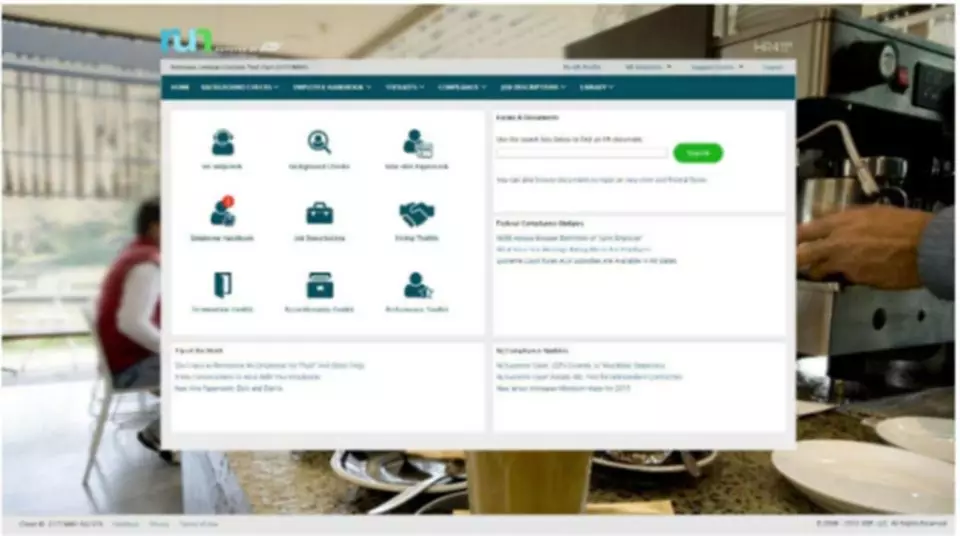Content

However, with quarterly or annual contracts, customers often pay upfront, meaning that the company has received cash before providing the service—leading to unearned revenue on the company’s books. As a part of current liabilities, unearned revenues get the same treatment as other items under the heading. The same happens for any account balances under current assets. Essentially, a company must calculate the difference between the opening and closing balances for them. Based on the result, they can establish whether it is an outflow or an inflow.
How do you value a company with a negative cash flow?
Enterprise Value-to-EBITDA
In this method, an appropriate multiple is applied to a company's EBITDA (earnings before interest, taxes, depreciation, and amortization) to arrive at an estimate for its enterprise value (EV). EV is a measure of a company's value and in its simplest form, equals equity plus debt minus cash.
Alex Shadunsky has a bachelor’s degree in finance and is pursuing a Master of Business Administration from Indiana University. He has worked at Briefing.com as a junior equity analyst specializing in health-care stocks. You can see that there are no cash adjustments on the CF statement. Baremetrics provides you with all the revenue metrics you need to track.
Income statement
Then, on February 28th, when you receive the cash, you credit accounts receivable to decrease its value while debiting the cash account to show that you have received the cash. Read on to find out what exactly unearned revenue is and three ways it can be good for business. Unearned sales are most significant in the January quarter, where most of the large enterprise accounts buy their subscription services. However, if the unearned is not expected to be realized as actual sales, then it can be reported as a long-term liability. Current LiabilitiesCurrent Liabilities are the payables which are likely to settled within twelve months of reporting. They’re usually salaries payable, expense payable, short term loans etc. If the service is eventually delivered to the customer, the revenue can now be recognized and the following journal entries would be seen on the general ledger.
Unearned revenue is money received by an individual or company for a service or product that has yet to be provided or delivered. It can be thought of as a “prepayment” for goods or services that a person or company is expected to supply to the purchaser at a later date. As a result of this prepayment, the seller has a liability equal to the revenue earned until the good or service is delivered. This liability is noted under current liabilities, as it is expected to be settled within a year. On January 1st, to recognize the increase in your cash position, you debit your cash account $300 while crediting your unearned revenue account to show that you owe your client the services.
Main Elements of Financial Statements: Assets, Liabilities, Equity, Revenues, Expenses
The first is as a debit to the cash account to represent that work has yet to be performed by the company to “earn” the advance payment. The second entry is as a credit to unearned revenue; the value of which is available funds for the work to be performed.
- They are considered as the current liability present in the balance sheet.
- They mean the same thing and can be used to refer to payments received for work or services yet to be performed or provided.
- The business has not yet performed the service or sent the products paid for.
- Current LiabilitiesCurrent Liabilities are the payables which are likely to settled within twelve months of reporting.
- It is the seller’s choice to prorate the refund or to charge additional fees.
- Clarify all fees and contract details before signing a contract or finalizing your purchase.
Unearned revenues are usually considered to be short-term liabilities because obligations are fulfilled within a year. However, those wondering “is unearned revenue a liability in the long-term” could also be proven correct when looking at a service that will take longer than a year to deliver. In these cases, the unearned revenue should usually be recorded as a long-term liability. Whereas unearned revenues are treated as liabilities in the balance sheet at the time they are received.
Is unearned revenue a noncurrent liability?
For the year 2021, they received a total of $425,000 of 12 months advance payments from their customers. Because most advance payments from clients or customers are annual , Unearned Revenue is considered as a Current Liability. The recognition of unearned revenue relates to the early collection https://www.bookstime.com/ of cash payments from customers. We’ve seen what happens to the income statement and balance sheet. Now, let’s look at the impact on the cash flow statement. Unearned revenue is distinctly different from current assets. Current assets are receivables that a company will get within a year.
Higher Unearned income highlights the strong order inflow for the company and also results in good liquidity for the business as a whole. A liability account that reports amounts received in advance of providing goods or services. When the goods or services are provided, this account balance is decreased and a revenue account is increased.
The business owner enters $1200 as a debit to cash and $1200 as a credit to unearned revenue. If a business entered unearned unearned revenue revenue as an asset instead of a liability, then its total profit would be overstated in this accounting period.
The operating activities section of the cash flow statement focuses on how cash is spent and received in relation to the business’s trade. Cash generated or spent on long-term investments or capital improvements are excluded from this calculation. Unearned revenue is cash received by a business for goods or services yet to be provided.
